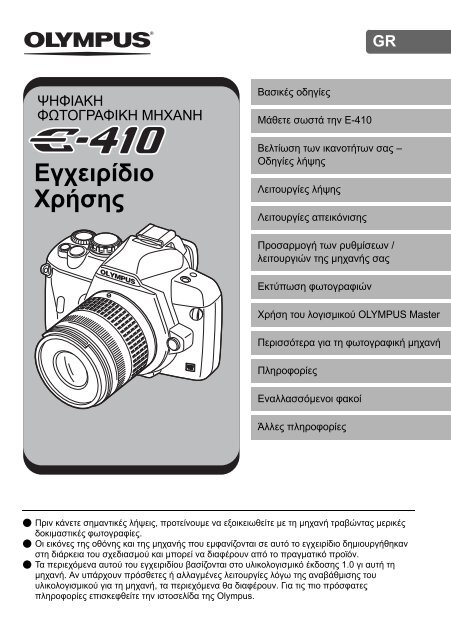
Olympus Greece - Online Προσφορά, Olympus OM-D E-M1X. Η ναυαρχίδα της Olympus που θα αναβαθμίσει το λογισμικό της στις 17 Νοεμβρίου, σε Online προσφορά από τώρα: https://www.fotodesmos.gr/Olympus-OM-D-E-M1X | Facebook

Olympus Crop Φωτογραφικός Φακός M.Zuiko Digital ED 40-150mm f/4.0-5.6 R Standard Zoom για Micro Four Thirds (MFT) Mount Black | Skroutz.gr

Olympus Tough TG-5 Compact Φωτογραφική Μηχανή 12MP Οπτικού Ζουμ 4x με Οθόνη 3" και Ανάλυση Video 4K UHD Κόκκινη | Skroutz.gr

Olympus E-P7 Pancake Zoom Camera Kit slv/blk E-P7 silver + EZ-M1442EZ black - incl. Battery & Strap | MyTechBox.gr




















